Japanese and Italian design combine in Chicago office interior by Alvisi Kirimoto

In Chicago, on the 32nd floor of a skyscraper in the West Loop, Rome-based architectural firm Alvisi Kirimoto has designed a floor of office space for a private client’s headquarters. Combining Italian and Japanese design principles, Alvisi Kirimoto’s trademark approach, the office captures a calm and warm modernism with its slatted timber space dividers, artwork from the client’s personal collection and unique winter garden.
Elegant spatial solutions including floor-to-ceiling natural wood walls, glass panels and vertical timber slats creating subtle partitions that materialise and dematerialise to control privacy and brightness across the 2,600 sq m space. The natural flow of compression and release delineates the reception area from the meeting rooms, private offices and common areas.

‘The 3.6m ceiling height, which is absolutely extraordinary for an office, has allowed us to alternate suspended elements such as fabric panels, with sculptural elements resting on the floor and left at their original height,’ say Massimo Alvisi and Junko Kirimoto.
Natural materials and plenty of light are complemented by colour to breed a warm modernism, clean and functional, yet also vibrant and inspiring. The bright orange ceiling in the ‘playroom’ space and the red panels of the restaurant are uplifting, while white walls in the collaborative workspace and rust-coloured Japanese wallpaper at the entrance are calming in contrast.

A double height ‘light box’ floating above the city, the winter garden serves as a multi-functional space for art and music. At its heart, a bamboo sculpture by Japanese artist Ueno Masao is suspended from the ceiling above a table with a Japanese lacquer finish designed by Junko Kirimoto. These are just a few of the remarkable unique pieces installed throughout the office – an exhibition space for the client’s collection runs over 1,000 sq m.
The main entrance to the office is located at the centre of the structural core of the skyscraper, also encompassing all services and facilities, leaving the office open to the Chicago city vista, filled with office buildings of the 20th century and the future.
The city beyond the glazed walls of the office is reflected in the interior design: ‘It is precisely the layout of the city with its surprises that we strive to project within this space: we stroll through pieces of contemporary and oriental art, or archaeology, surprised occasionally by strong colours or the unusual double heights of a skyscraper, guided by the tight rhythm of the walls, the light and the visual axes,’ say the architects of the journey through the space.
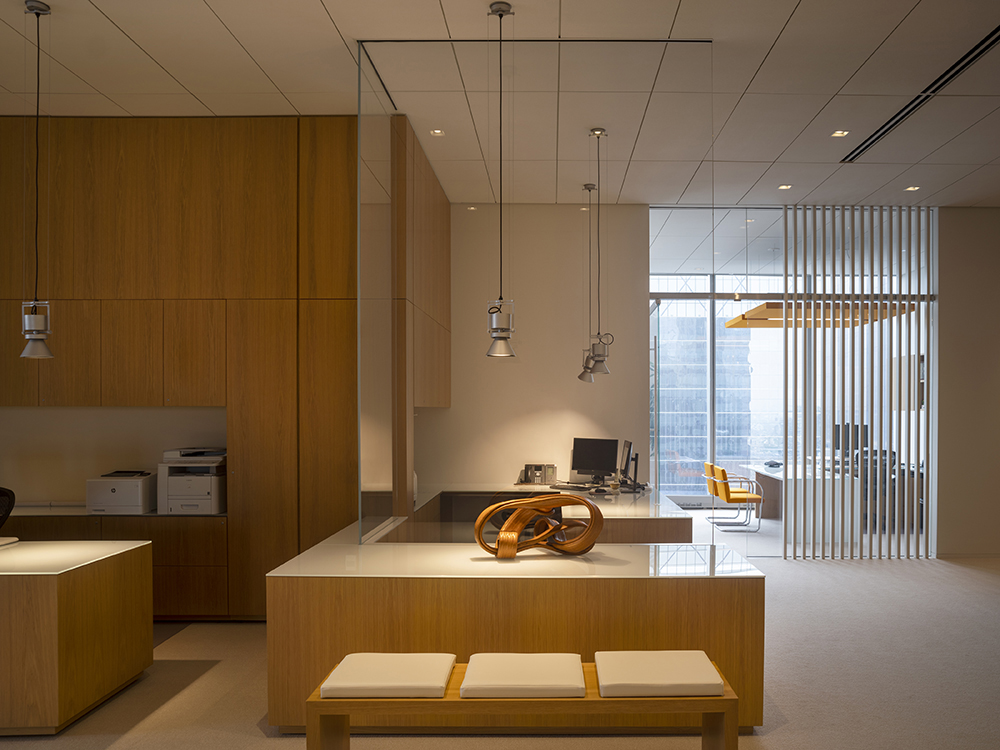
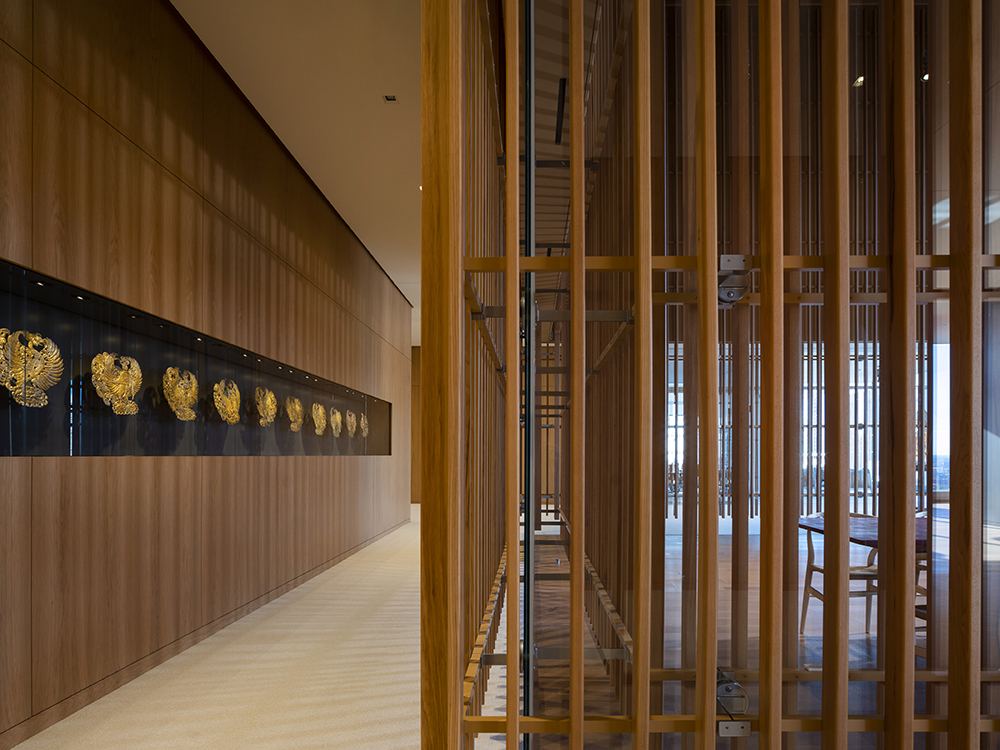
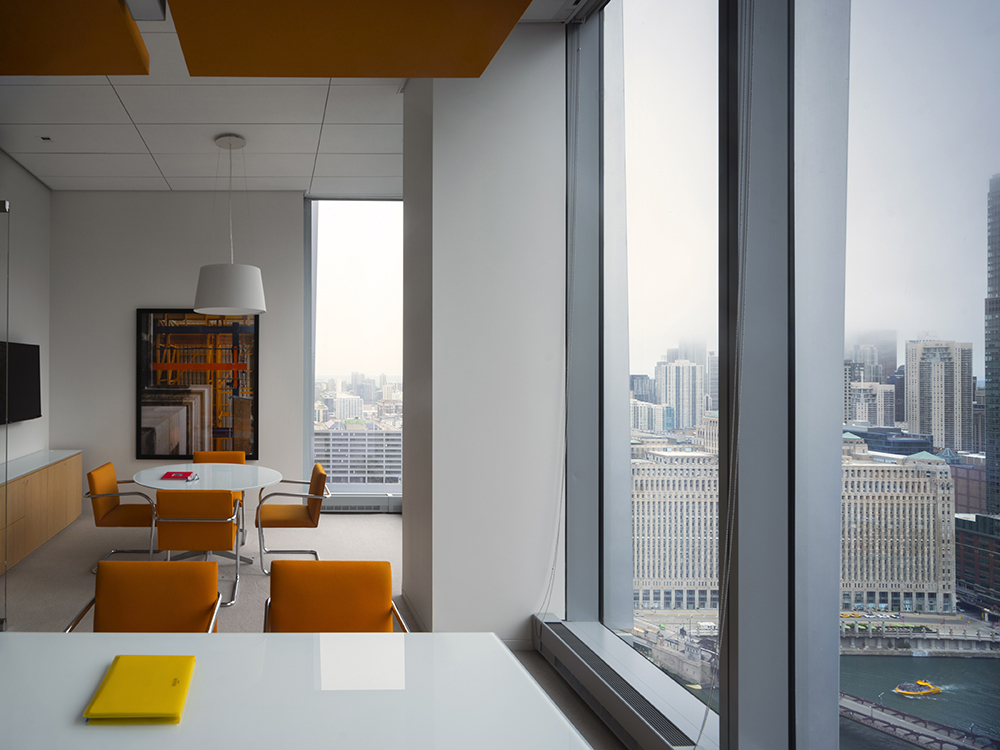

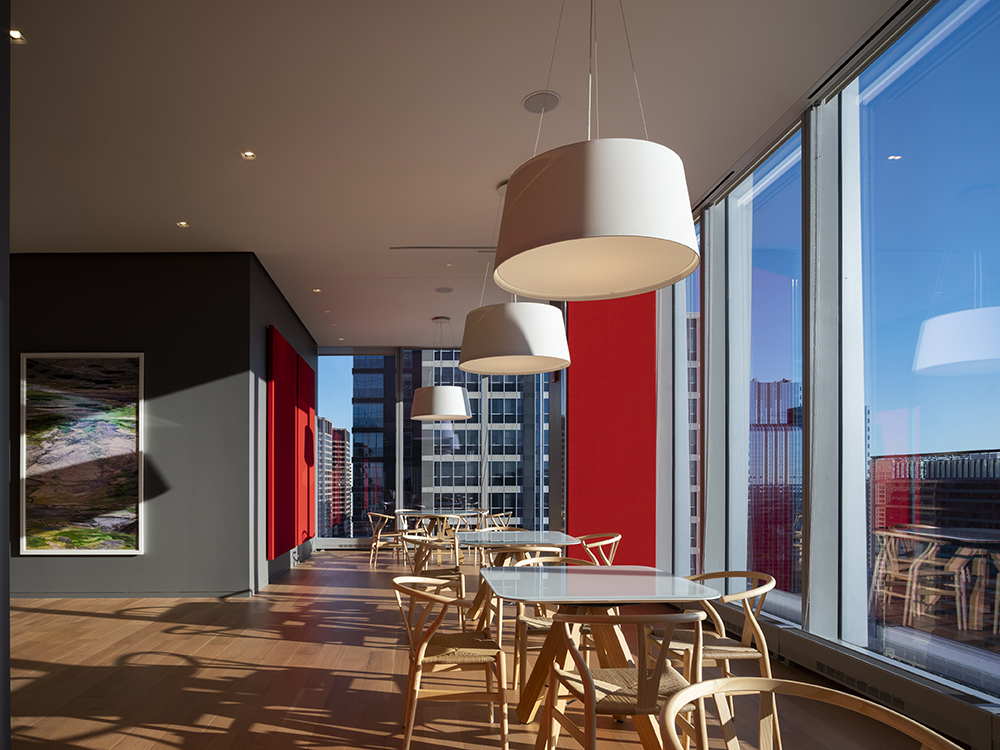
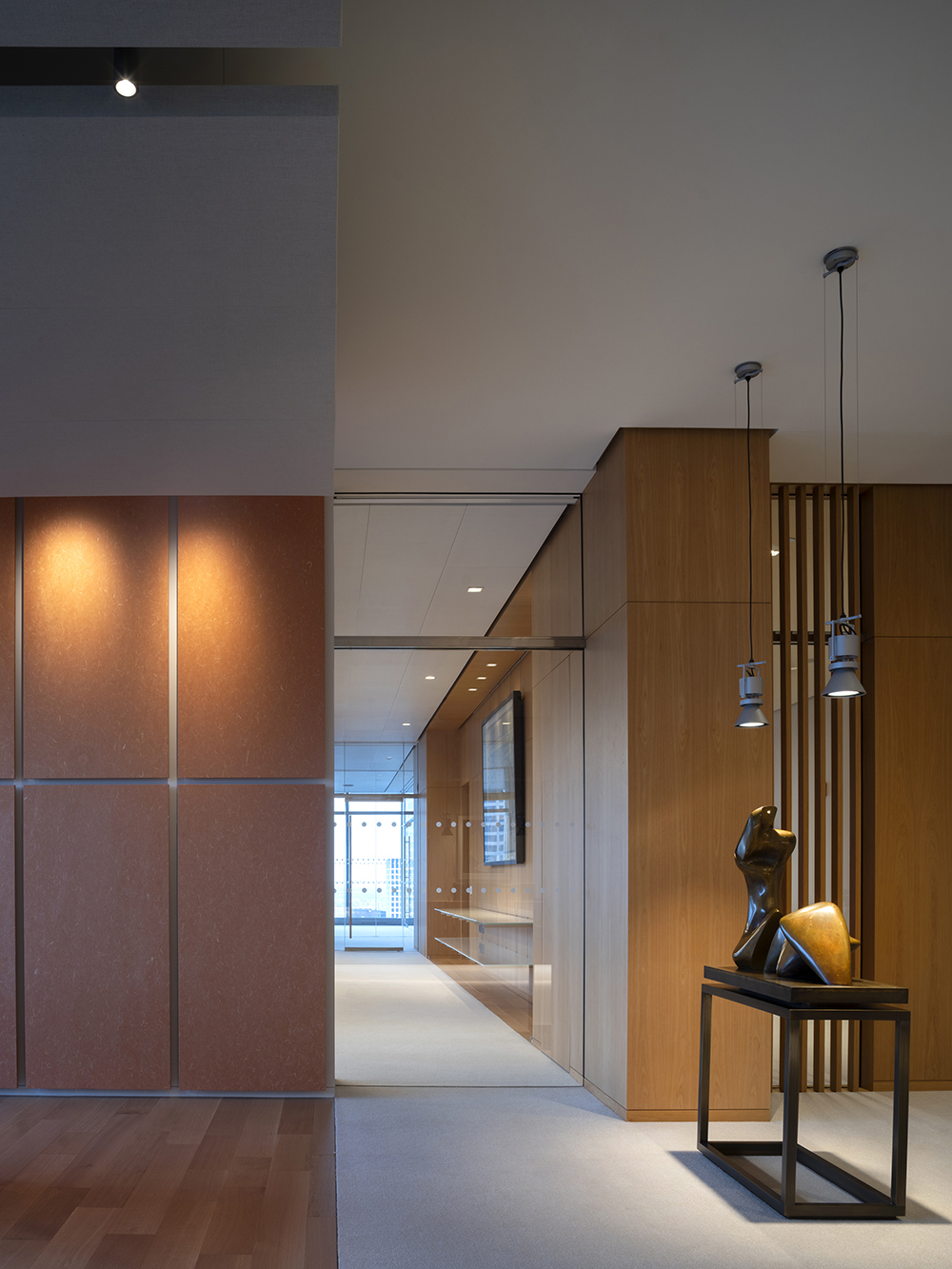
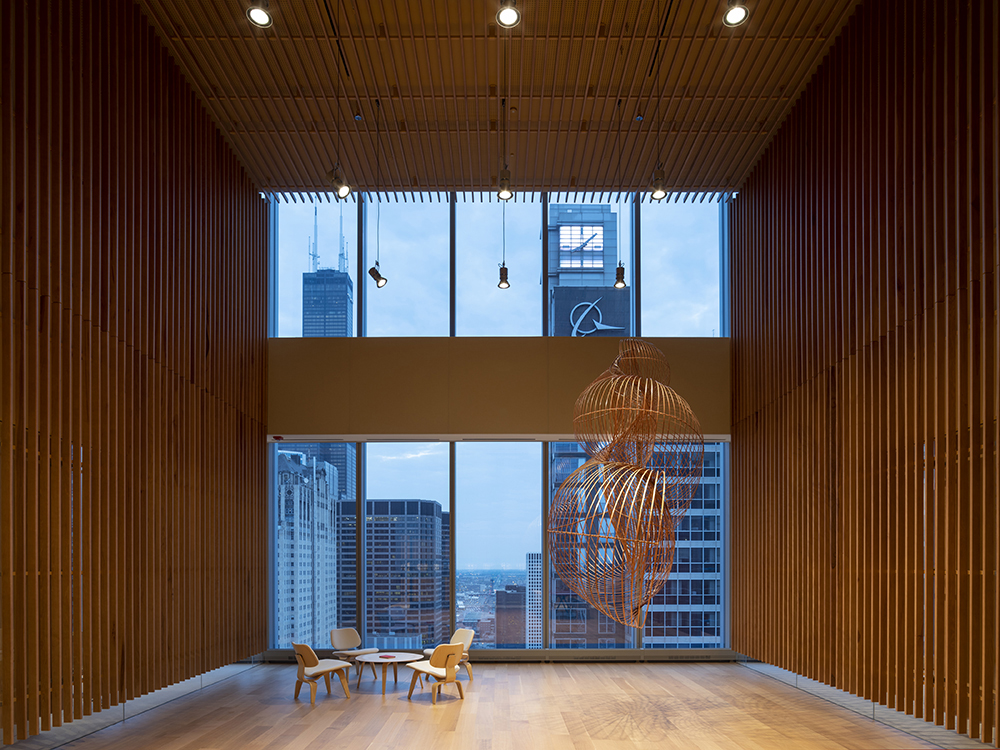
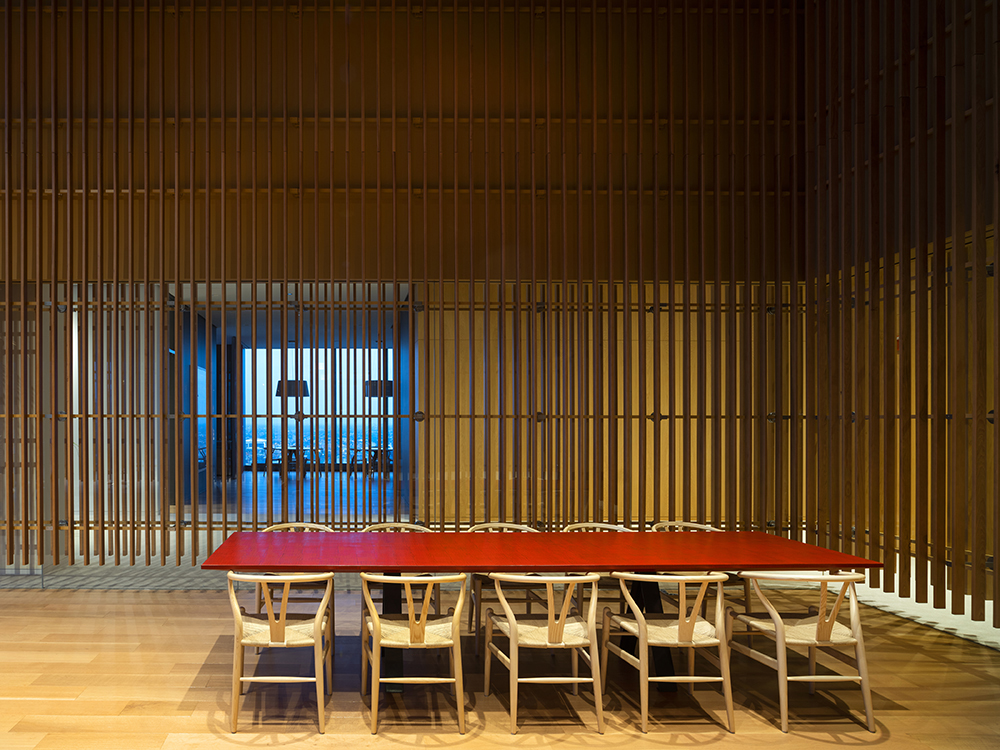
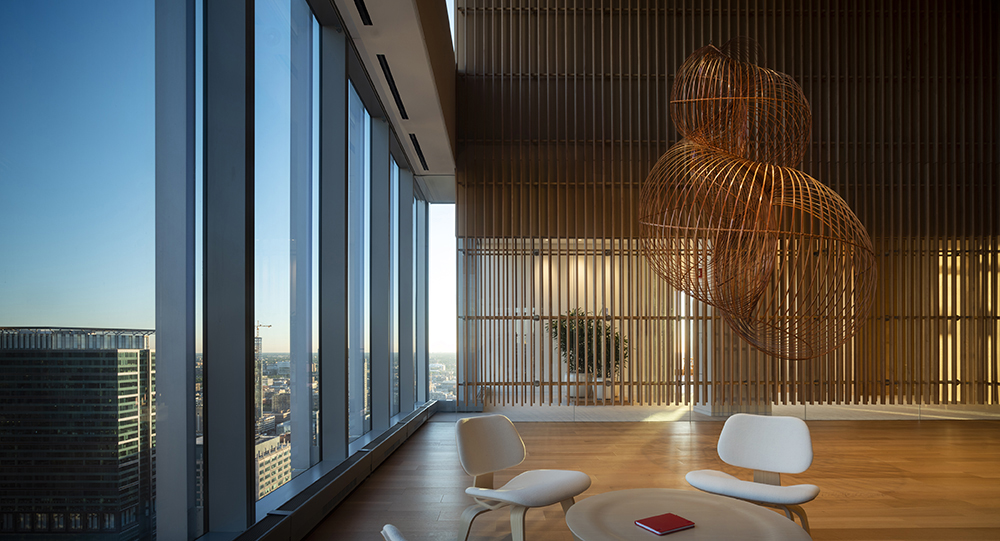
INFORMATION
For more information, visit the Alvisi Kirimoto website
Receive our daily digest of inspiration, escapism and design stories from around the world direct to your inbox.
Harriet Thorpe is a writer, journalist and editor covering architecture, design and culture, with particular interest in sustainability, 20th-century architecture and community. After studying History of Art at the School of Oriental and African Studies (SOAS) and Journalism at City University in London, she developed her interest in architecture working at Wallpaper* magazine and today contributes to Wallpaper*, The World of Interiors and Icon magazine, amongst other titles. She is author of The Sustainable City (2022, Hoxton Mini Press), a book about sustainable architecture in London, and the Modern Cambridge Map (2023, Blue Crow Media), a map of 20th-century architecture in Cambridge, the city where she grew up.
-
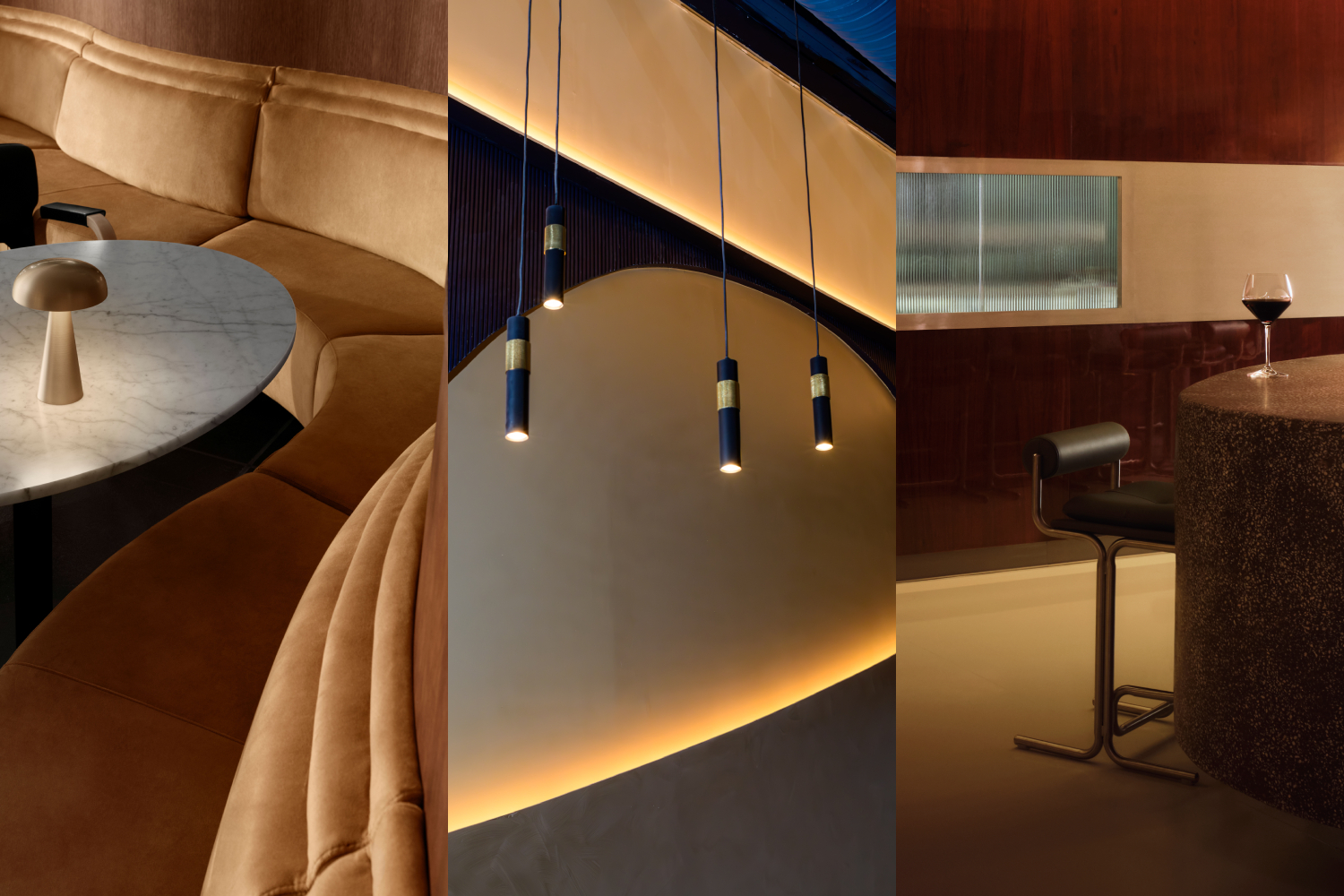 Form... and flavour? The best design-led restaurant debuts of 2025
Form... and flavour? The best design-led restaurant debuts of 2025A Wallpaper* edit of the restaurant interiors that shaped how we ate, gathered and lingered this year
-
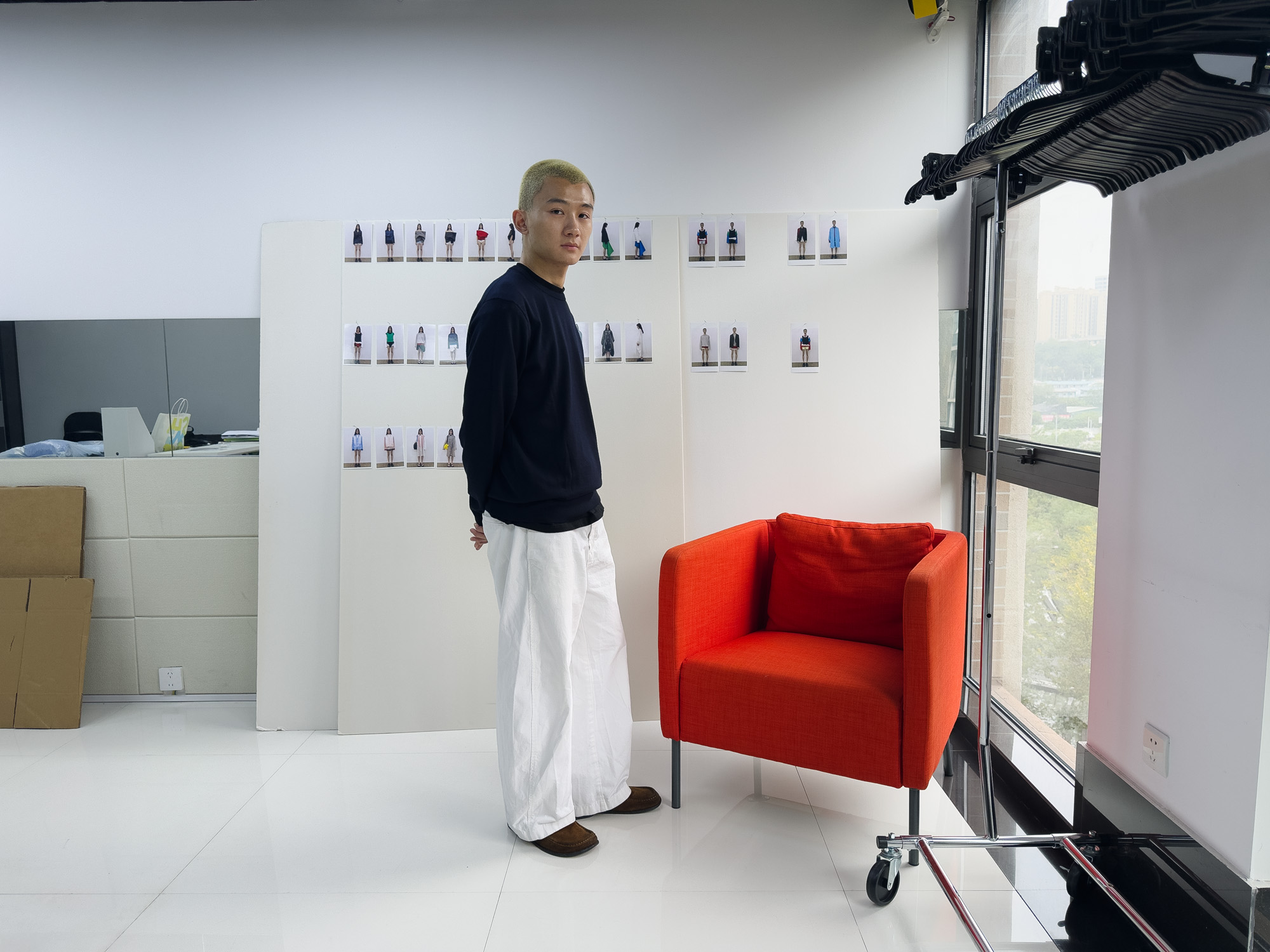 The rising style stars of 2026: Zane Li, fashion’s new minimalist
The rising style stars of 2026: Zane Li, fashion’s new minimalistAs part of the January 2026 Next Generation issue of Wallpaper*, we meet fashion’s next generation. First up, Zane Li, whose New York-based label LII is marrying minimalism with architectural construction and a vivid use of colour
-
 The work of Salù Iwadi Studio reclaims African perspectives with a global outlook
The work of Salù Iwadi Studio reclaims African perspectives with a global outlookWallpaper* Future Icons: based between Lagos and Dakar, Toluwalase Rufai and Sandia Nassila of Salù Iwadi Studio are inspired by the improvisational nature of African contemporary design
-
 Step inside this resilient, river-facing cabin for a life with ‘less stuff’
Step inside this resilient, river-facing cabin for a life with ‘less stuff’A tough little cabin designed by architects Wittman Estes, with a big view of the Pacific Northwest's Wenatchee River, is the perfect cosy retreat
-
 Remembering Robert A.M. Stern, an architect who discovered possibility in the past
Remembering Robert A.M. Stern, an architect who discovered possibility in the pastIt's easy to dismiss the late architect as a traditionalist. But Stern was, in fact, a design rebel whose buildings were as distinctly grand and buttoned-up as his chalk-striped suits
-
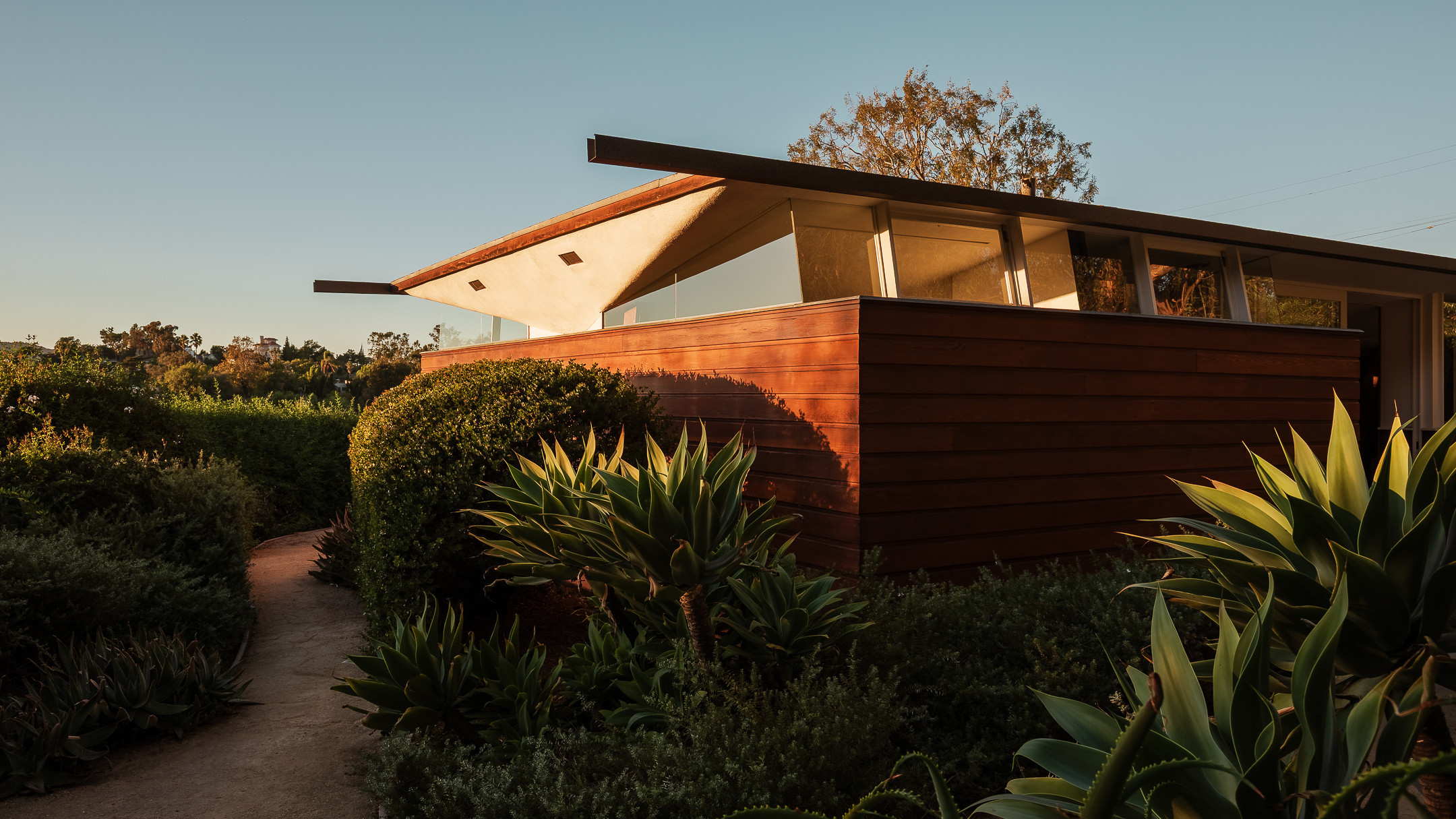 Own an early John Lautner, perched in LA’s Echo Park hills
Own an early John Lautner, perched in LA’s Echo Park hillsThe restored and updated Jules Salkin Residence by John Lautner is a unique piece of Californian design heritage, an early private house by the Frank Lloyd Wright acolyte that points to his future iconic status
-
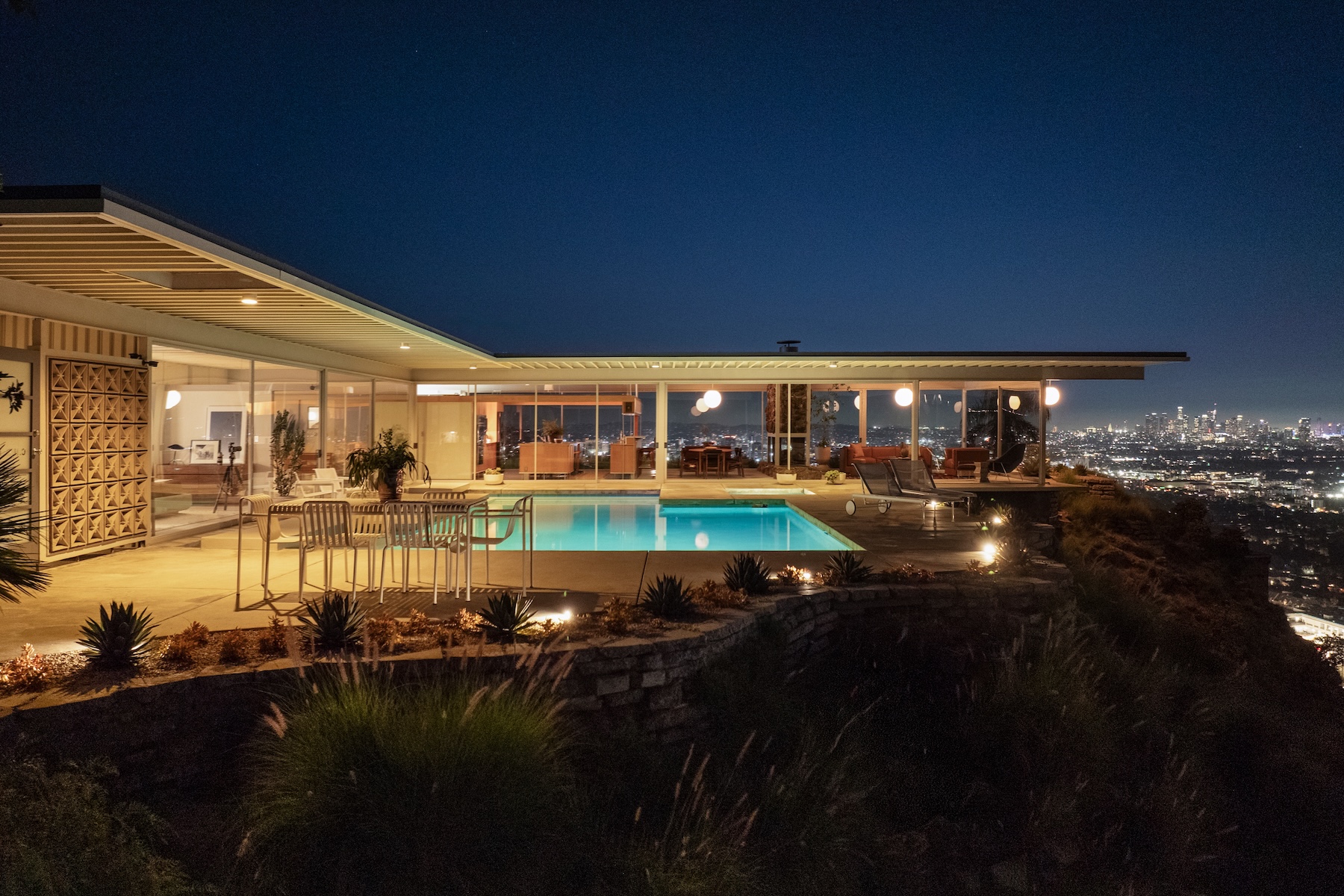 The Stahl House – an icon of mid-century modernism – is for sale in Los Angeles
The Stahl House – an icon of mid-century modernism – is for sale in Los AngelesAfter 65 years in the hands of the same family, the home, also known as Case Study House #22, has been listed for $25 million
-
 Houston's Ismaili Centre is the most dazzling new building in America. Here's a look inside
Houston's Ismaili Centre is the most dazzling new building in America. Here's a look insideLondon-based architect Farshid Moussavi designed a new building open to all – and in the process, has created a gleaming new monument
-
 Frank Lloyd Wright’s Fountainhead will be opened to the public for the first time
Frank Lloyd Wright’s Fountainhead will be opened to the public for the first timeThe home, a defining example of the architect’s vision for American design, has been acquired by the Mississippi Museum of Art, which will open it to the public, giving visitors the chance to experience Frank Lloyd Wright’s genius firsthand
-
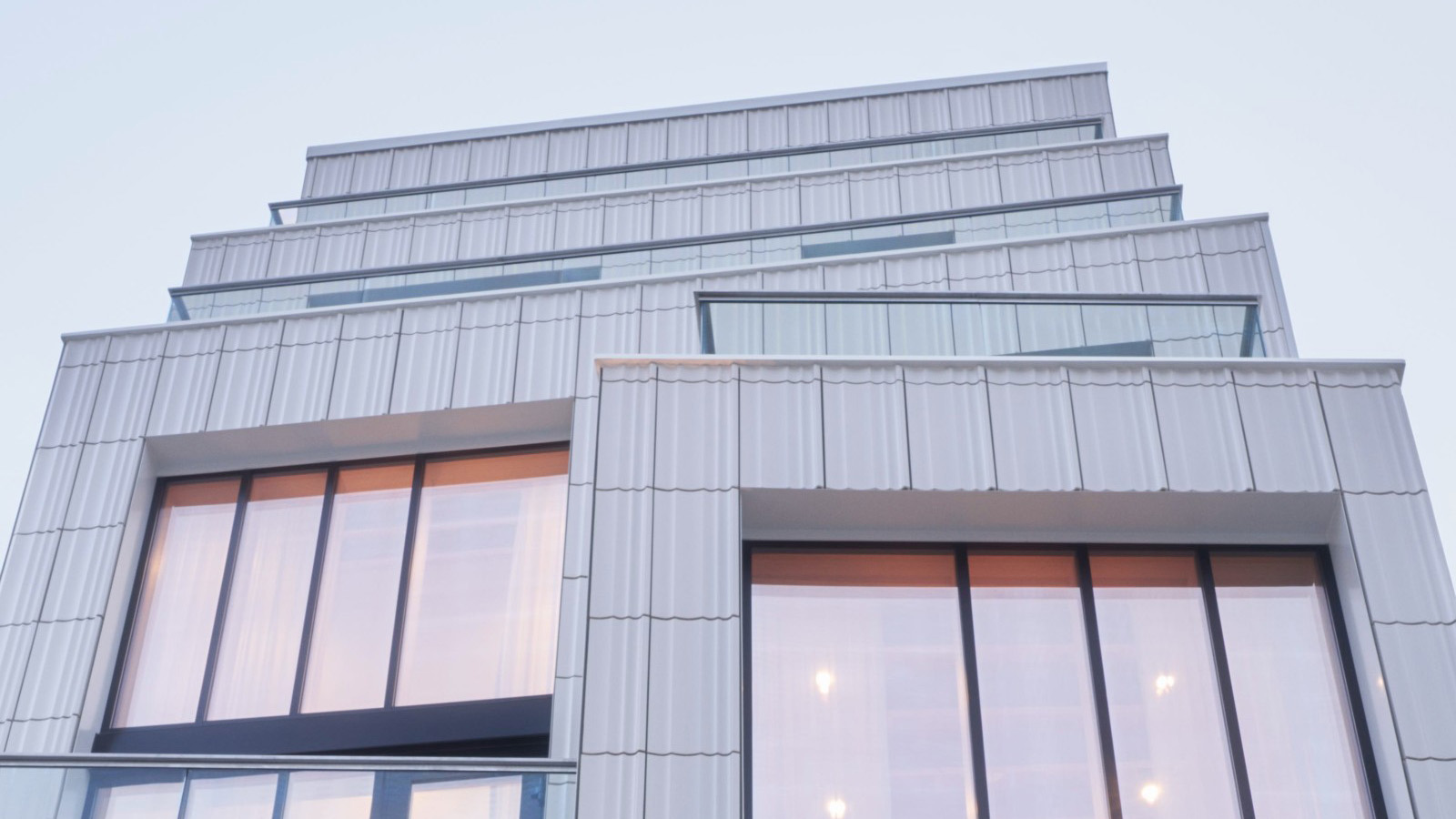 Clad in terracotta, these new Williamsburg homes blend loft living and an organic feel
Clad in terracotta, these new Williamsburg homes blend loft living and an organic feelThe Williamsburg homes inside 103 Grand Street, designed by Brooklyn-based architects Of Possible, bring together elegant interiors and dramatic outdoor space in a slick, stacked volume
-
 This ethereal Miami residence sprouted out of a wild, jungle-like garden
This ethereal Miami residence sprouted out of a wild, jungle-like gardenA Miami couple tapped local firm Brillhart Architecture to design them a house that merged Florida vernacular, Paul Rudolph and 'too many plants to count’